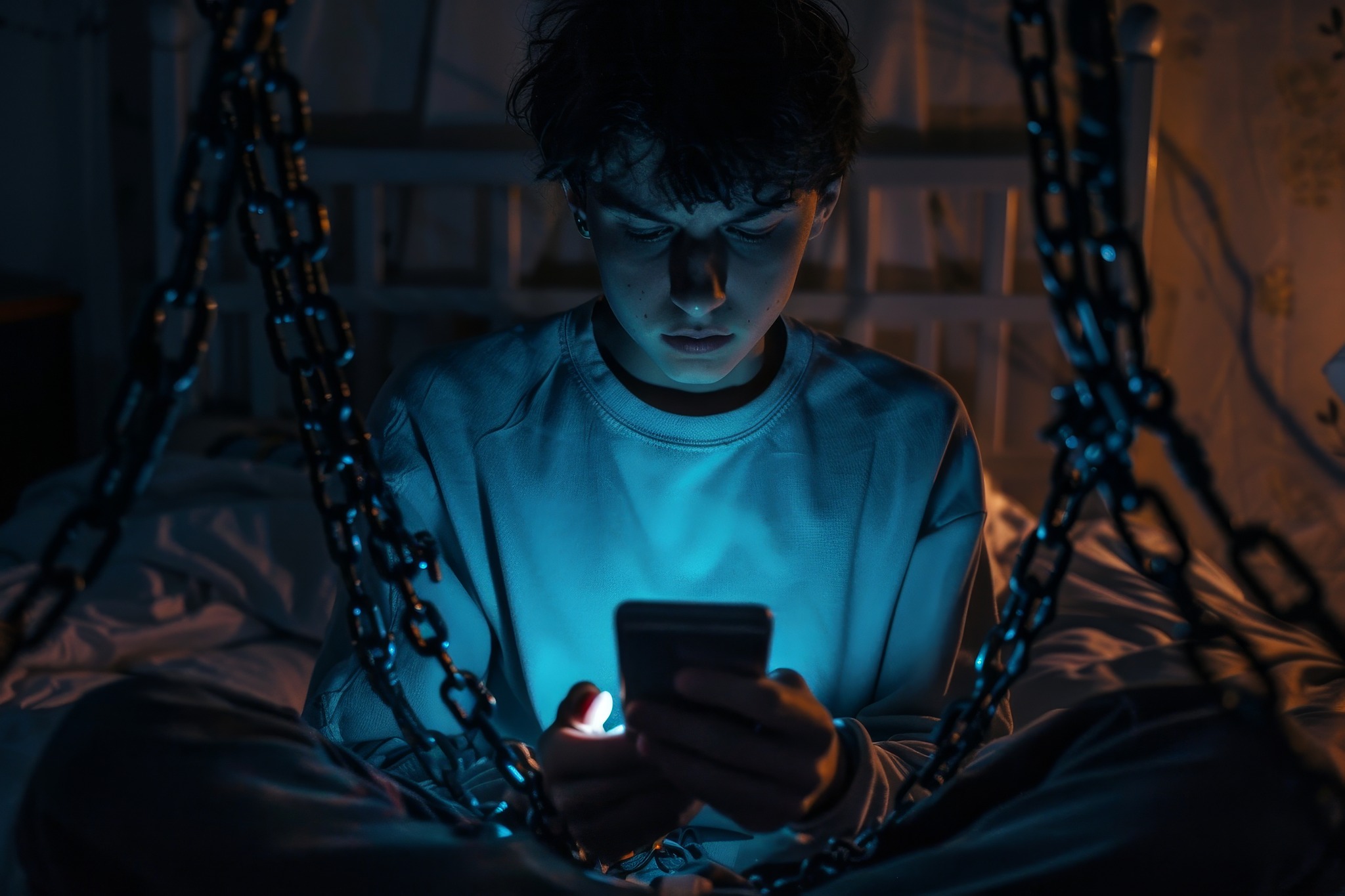As parents and adults, we already understand that tobacco, alcohol or drug use is not good for our children. When was the last time we talked about smart devices with the same seriousness? What is our responsibility from the moment we decide to buy this device for our child?
🥼⚠️ Neuroscientific studies reveal a disturbing and often surprising parallel that has continued to be little discussed: excessive use of smart devices and cocaine use affect the brain through similar mechanisms (also read the articles in the list of sources at the end of the post).
👉 For example, it was found that cocaine use reduces the stability of the brain’s neural networks and makes the work of the prefrontal cortex less resilient, which impairs the ability to make decisions and self-control. Cocaine strongly affects the limbic system of the brain, increasing dopamine levels and disrupting the work of the prefrontal cortex, which usually helps to inhibit addictive behavior (Borzou et al., 2024). These brain regions, which are responsible for emotions and impulses, are also linked to digital addiction. Too much screen time reduces the volume of gray and white matter in the prefrontal cortex. Thus, the brain is so caught up in the “flash of happiness”, whether it is screen time or drugs.
👦 In children and adolescents, studies show that digital addiction significantly affects the structure and function of the brain, including attention, emotional regulation and self-control. The same regions are also affected by drug use (Ding et al., 2023). Behavioral side effects, such as sleep disorders 😴, anxiety 😟, depression 😔, physical pain 🤕, are similar to drug addiction, which has also been found in studies on smartphone addiction.
💡 Of interest is a study in which so-called digital cognitive behavioral therapy, used as part of the treatment of cocaine addiction, caused structural changes in the brain that restored damaged areas (McCurdy et al., 2024). Although the researchers believe that the topic certainly needs more in-depth research and that final generalizations and conclusions cannot be made, let alone definitive assessments compared to face-to-face therapy services, it nevertheless adds new evidence about the impact of digital therapies on the brain. Thus, digital tools may be part of the problem, but sometimes also part of the solution.
⚠️ In conclusion, although the context may be different, our brains do not always distinguish whether the dopamine rush is caused by TikTok 📲 or cocaine 💊. Digital addiction causes changes in the brain structure in children and adolescents, including a decrease in the volume of gray and white matter in areas related to executive functions, pleasure, and sensorimotor processing. This affects cognitive abilities and in turn promotes smartphone, internet and gaming addiction (Ding et al., 2023).
The Erasmus+ DigRight project is developing practical tools to help identify different aspects of digital addiction and support the development of young people.
📚 Sources used:
Borzou, A., Miller, S. N., Hommel, J. D., & Schwarz, J. M. (2024). Cocaine diminishes functional network robustness and destabilizes the energy landscape of neuronal activity in the medial prefrontal cortex. PNAS Nexus, 3(3). https://www.ncbi.nlm.nih.gov/pmc/articles/PMC10929585/
Ding, K., Shen, Y., Liu, Q., & Li, H. (2023). The Effects of Digital Addiction on Brain Function and Structure of Children and Adolescents: A Scoping Review. Healthcare (Basel), 12(1), 15. https://www.ncbi.nlm.nih.gov/pmc/articles/PMC10779052/
McCurdy, L.Y., DeVito, E.E., Loya, J.M., Nich, C., Zhai, Z.W., Kiluk, B.D., & Potenza, M.N. (2024). Structural brain changes associated with cocaine use and digital cognitive behavioral therapy in cocaine use disorder treatment. Drug and Alcohol Dependence Reports, 11, 100246. https://www.sciencedirect.com/…/pii/S2772724624000301





